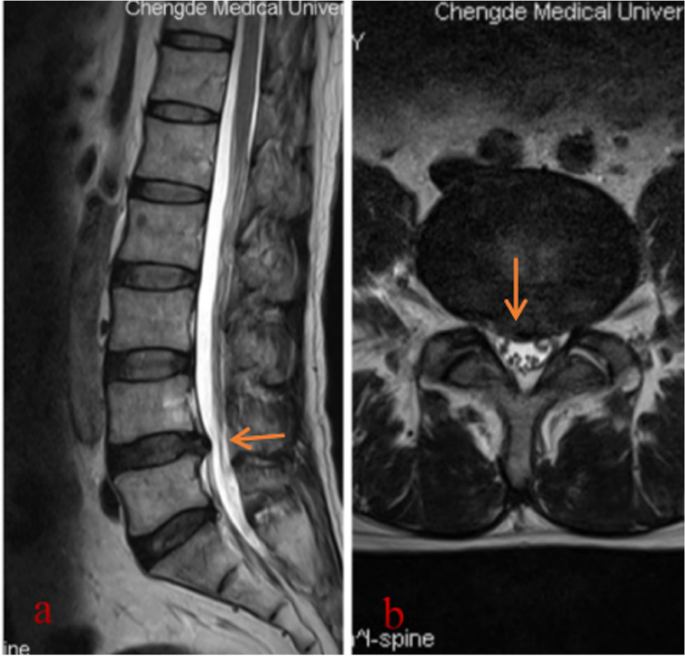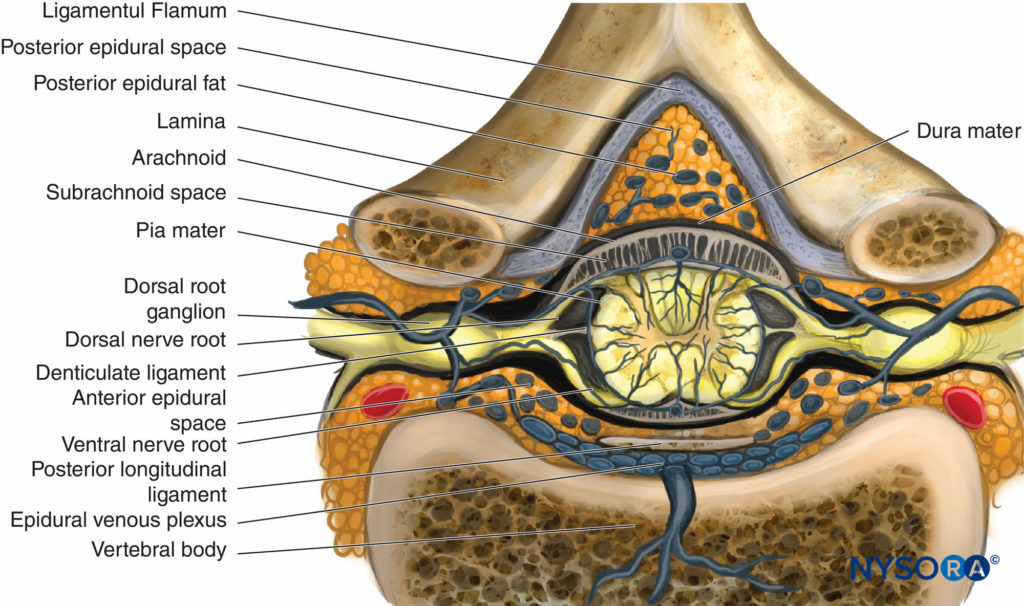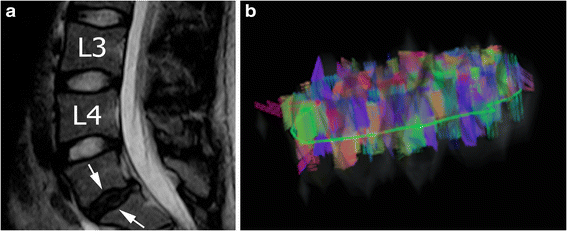The diagnostic pitfalls of lumbar disc herniation---- malignant sciatic nerve tumour: two case reports and literature review, BMC Musculoskeletal Disorders
$ 10.99 · 4.6 (184) · In stock

Background Sciatica pain is a typical symptom of lumbar disc herniation (LDH), but some neurogenic and malignant tumours surrounding the sciatic nerve can also cause similar symptoms. These tumours are often misdiagnosed or even mistreated as LDH in clinical practice. Case presentation In our clinical practice, we found two patients with malignant tumours who were misdiagnosed with LDH. One patient complained of pain and numbness in the right lower limb. The primary diagnosis was LDH, and the patient underwent posterior lumbar interbody fusion surgery. After the operation, the symptoms were not alleviated. Then, diffuse large B-cell lymphoma involving the soft tissue and the sciatic nerve was identified. Another patient who manifested with radiating pain in the right lower limb was diagnosed with LDH at Chengde Central Hospital. He received regular conservative treatment for approximately 6 months, but his symptoms were not relieved, and then he was referred to our hospital. A malignant peripheral nerve sheath tumour (MPNST) of the sciatic nerve was diagnosed, and he received cisplatin (DDP) chemohyperthermia. Conclusions Descriptions of tumour lesions involving the sciatic nerve and misdiagnosed as LDH in the literature are rare. In the reported literature, 7 patients were misdiagnosed with LDH, and all patients presented with sciatica. Among them, 4 patients only received surgical treatment, 1 patient only underwent neurolysis, and 2 patients received both surgical and chemotherapy treatment. Their low incidence and similar clinical manifestations to LDH make malignant tumours involving the sciatic nerve easy to misdiagnose. When the clinical symptoms and signs are inconsistent with the imaging findings, we need to be aware of non-discogenic sciatica, including tumours involving the sciatic nerve. Furthermore, tumours that grow near the exit of the sciatic notch may be misdiagnosed because of their deeper location and because they are covered with gluteal muscles. Sometimes sciatica caused by sciatic nerve tumours is only distal, without any radicular distribution. This pain is more severe than that caused by LDH, and this pain is not related to the position of the lumbar spine. Thus, it is beneficial to perform a detailed physical examination of the sciatic nerve to avoid this kind of misdiagnosis.

Sciatica Chibuikem Akamnonu, MD

The value of magnetic resonance imaging and computed tomography in the study of spinal disorders - Ruiz Santiago - Quantitative Imaging in Medicine and Surgery

Epidural Anesthesia and Analgesia - NYSORA

Applications of PET-MRI in musculoskeletal disease. - Abstract - Europe PMC
The leptomeninges as a critical organ for normal CNS development and function: First patient and public involved systematic review of arachnoiditis (chronic meningitis)

The diagnostic pitfalls of lumbar disc herniation---- malignant sciatic nerve tumour: two case reports and literature review, BMC Musculoskeletal Disorders

Manipulative and manual therapies in the management of patients with prior lumbar surgery: A systematic review - ScienceDirect

PDF) Clinical classification in low back pain: best-evidence diagnostic rules based on systematic reviews

The value of magnetic resonance imaging and computed tomography in the study of spinal disorders - Ruiz Santiago - Quantitative Imaging in Medicine and Surgery

Diffusion tensor imaging in the musculoskeletal and peripheral nerve systems: from experimental to clinical applications, European Radiology Experimental

Sciatica NCH Healthcare System

BIR Publications

PDF) Lumbar Radicular and Referred Pain in the Athlete